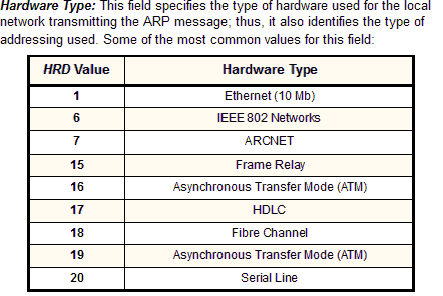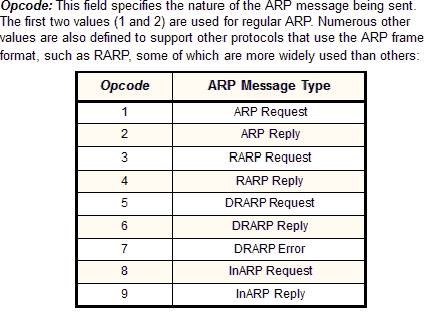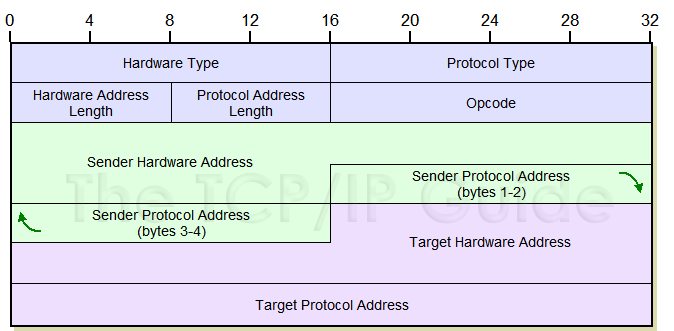 |
|
Please Whitelist This Site?
I know everyone hates ads. But please understand that I am providing premium content for free that takes hundreds of hours of time to research and write. I don't want to go to a pay-only model like some sites, but when more and more people block ads, I end up working for free. And I have a family to support, just like you. :)
If you like The TCP/IP Guide, please consider the download version. It's priced very economically and you can read all of it in a convenient format without ads.
If you want to use this site for free, I'd be grateful if you could add the site to the whitelist for Adblock. To do so, just open the Adblock menu and select "Disable on tcpipguide.com". Or go to the Tools menu and select "Adblock Plus Preferences...". Then click "Add Filter..." at the bottom, and add this string: "@@||tcpipguide.com^$document". Then just click OK.
Thanks for your understanding!
Sincerely, Charles Kozierok
Author and Publisher, The TCP/IP Guide
|
|
|

Custom Search
|
|
ARP Message Format
Address resolution using ARP is accomplished through the exchange of messages between the source device seeking to perform the resolution, and the destination device that responds to it. As with other protocols, a special message format is used containing the information required for each step of the resolution process.
ARP messages use a relatively simple format. It includes a field describing the type of message (its operational code or opcode) and information on both layer two and layer three addresses. In order to support addresses that may be of varying length, the format specifies the type of protocol used at both layer two and layer three and the length of addresses used at each of these layers. It then includes space for all four of the address combinations we saw in the previous topic.
The format used for ARP messages is described fully in Table 42, and illustrated in Figure 49.
Field Name |
Size (bytes) |
Description |
HRD |
2 |

|
PRO |
2 |
Protocol Type: This field is the complement of the Hardware Type field, specifying the type of layer three addresses used in the message. For IPv4 addresses, this value is 2048 (0800 hex), which corresponds to the EtherType code for the Internet Protocol. |
HLN |
1 |
Hardware Address Length: Specifies how long hardware addresses are in this message. For Ethernet or other networks using IEEE 802 MAC addresses, the value is 6. |
PLN |
1 |
Protocol Address Length: Again, the complement of the preceding field; specifies how long protocol (layer three) addresses are in this message. For IP(v4) addresses this value is of course 4. |
OP |
2 |

|
SHA |
(Variable, equals value in HLN field) |
Sender Hardware Address: The hardware (layer two) address of the device sending this message (which is the IP datagram source device on a request, and the IP datagram destination on a reply, as discussed in the topic on ARP operation). |
SPA |
(Variable, equals value in PLN field) |
Sender Protocol Address: The IP address of the device sending this message. |
THA |
(Variable, equals value in HLN field) |
Target Hardware Address: The hardware (layer two) address of the device this message is being sent to. This is the IP datagram destination device on a request, and the IP datagram source on a reply) |
TPA |
(Variable, equals value in PLN field) |
Target Protocol Address: The IP address of the device this message is being sent to. |
|
After the ARP message has been composed it is passed down to the data link layer for transmission. The entire contents of the message becomes the payload for the message actually sent on the network, such as an Ethernet frame. Note that the total size of the ARP message is variable, since the address fields are of variable length. Normally, though, these messages are quite small: for example, they are only 28 bytes for a network carrying IPv4 datagrams in IEEE 802 MAC addresses.
|
| |||||||||||||||||||
Home - Table Of Contents - Contact Us
The TCP/IP Guide (http://www.TCPIPGuide.com)
Version 3.0 - Version Date: September 20, 2005
© Copyright 2001-2005 Charles M. Kozierok. All Rights Reserved.
Not responsible for any loss resulting from the use of this site.







